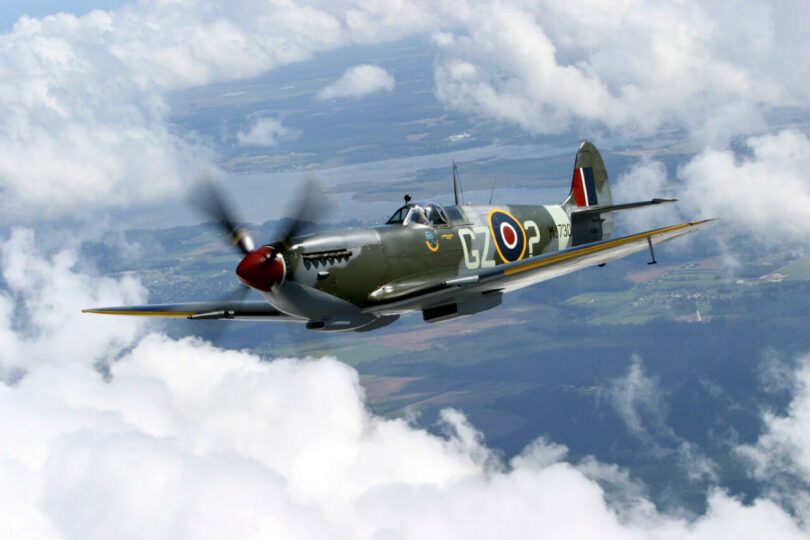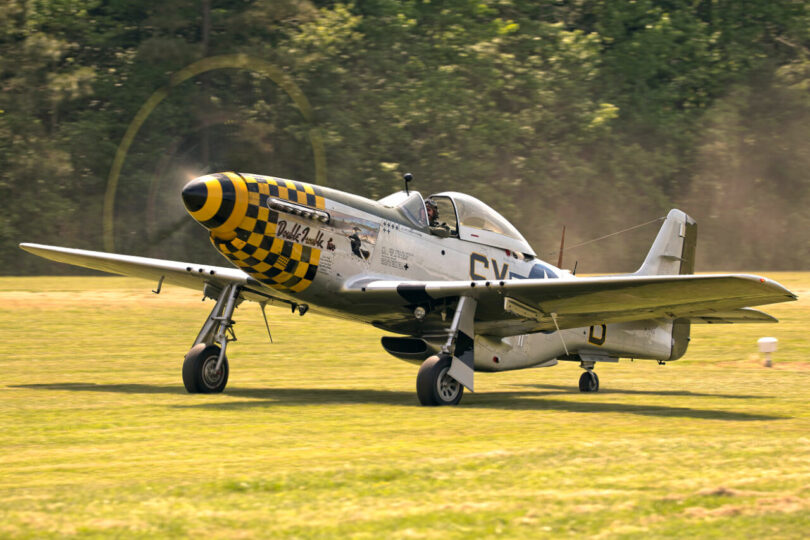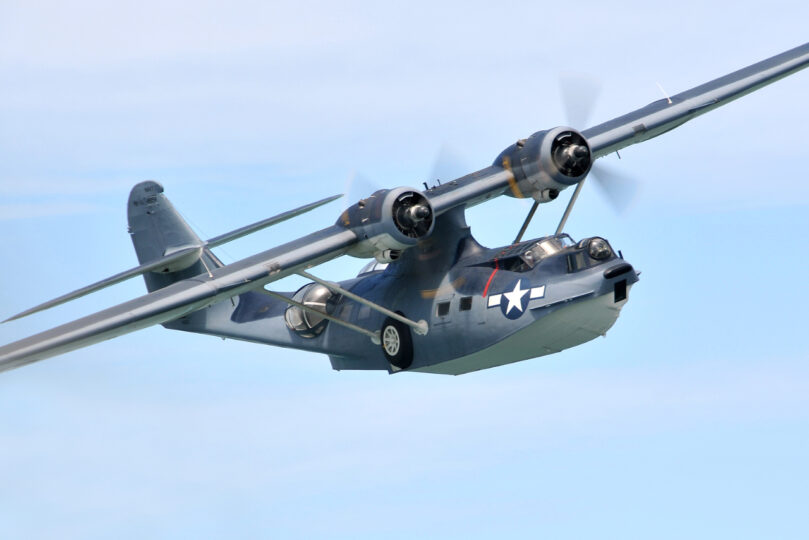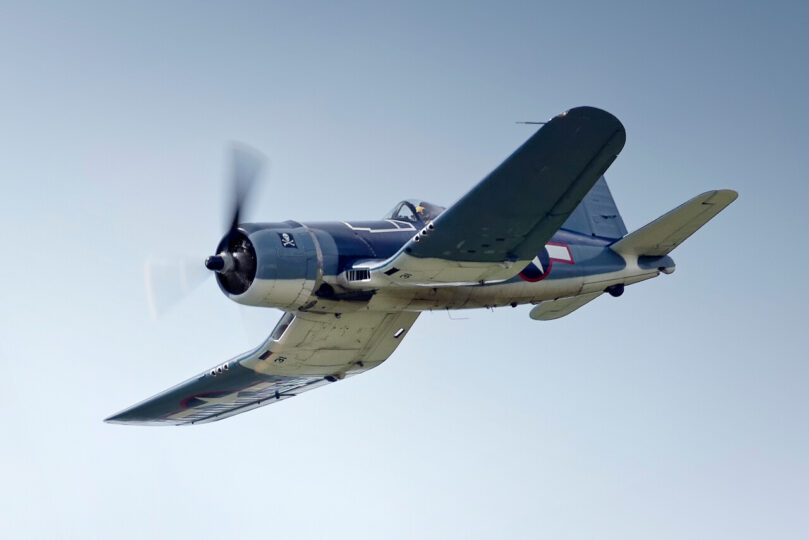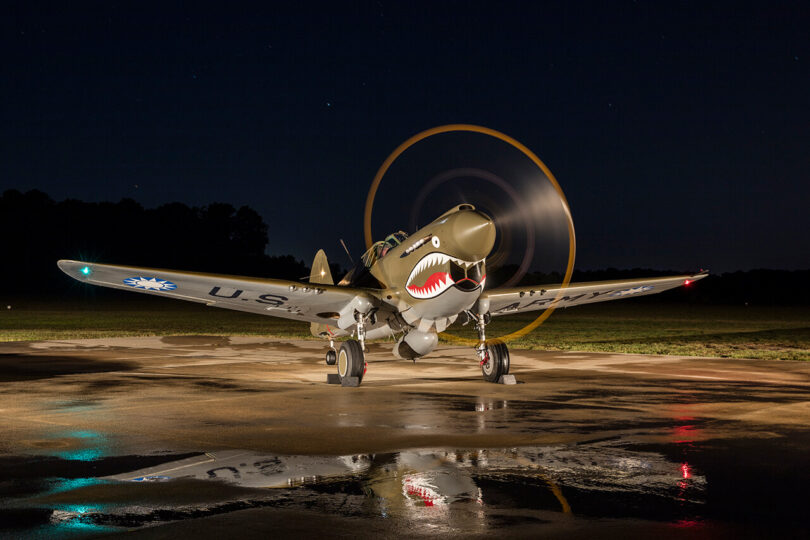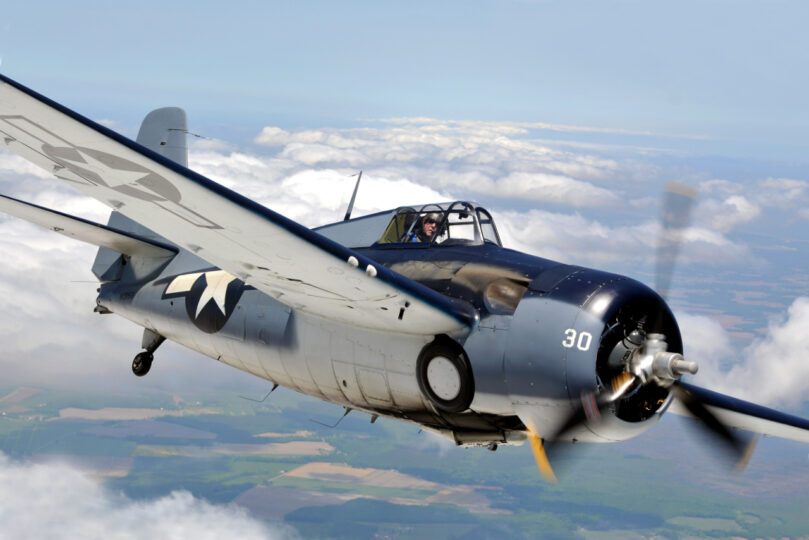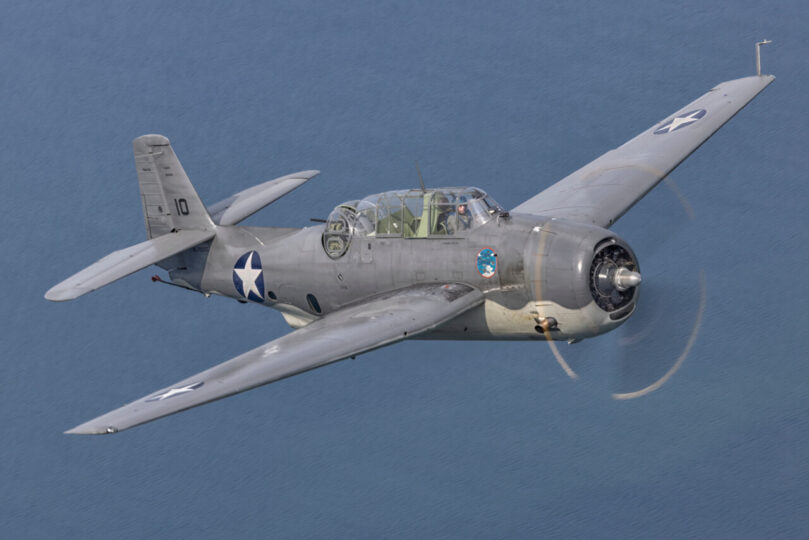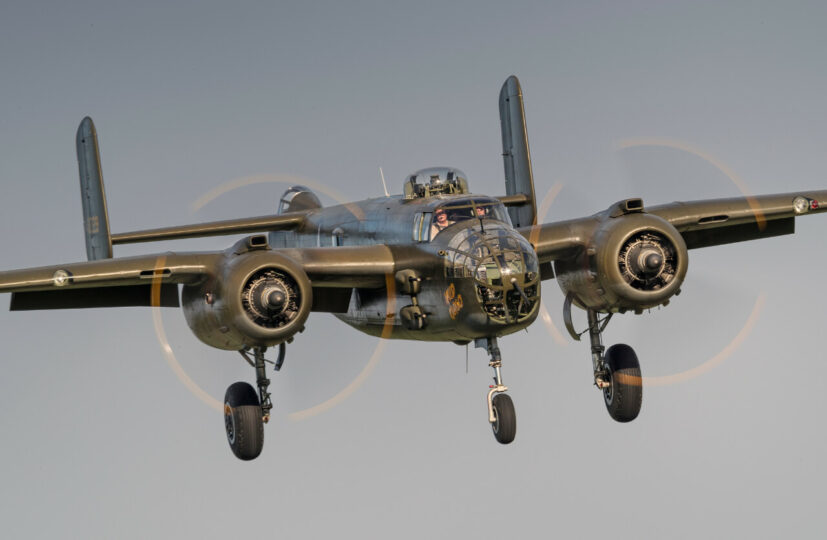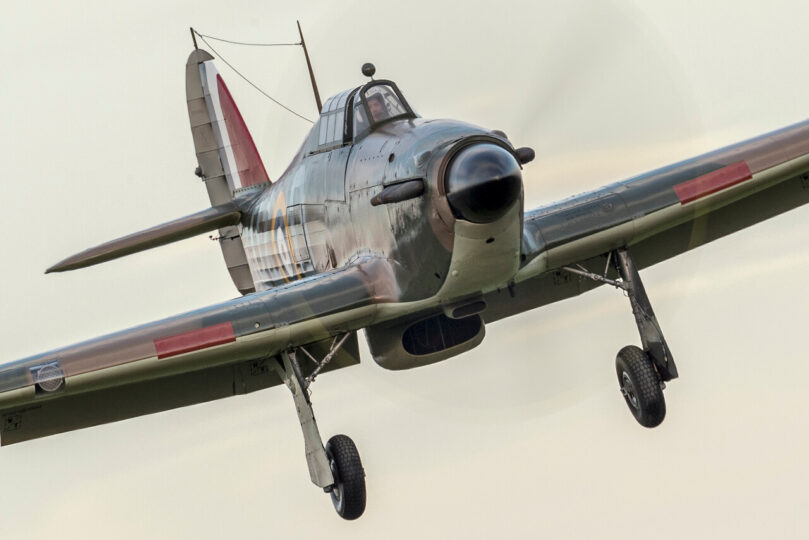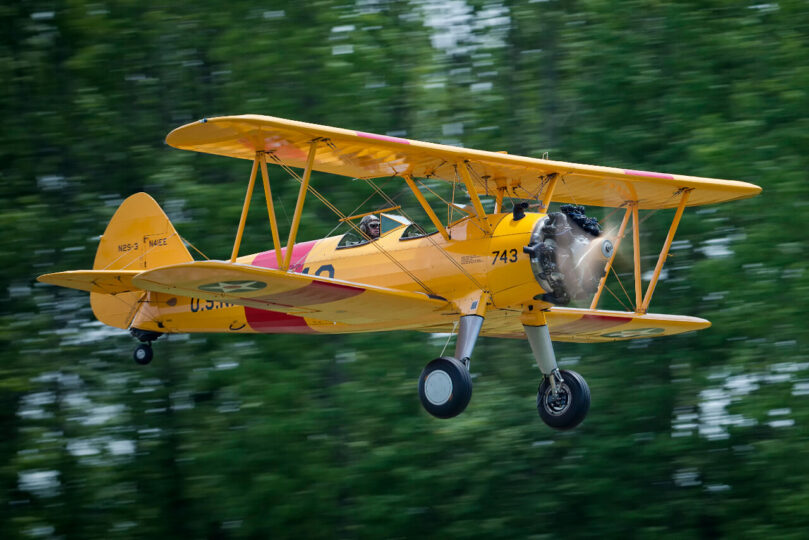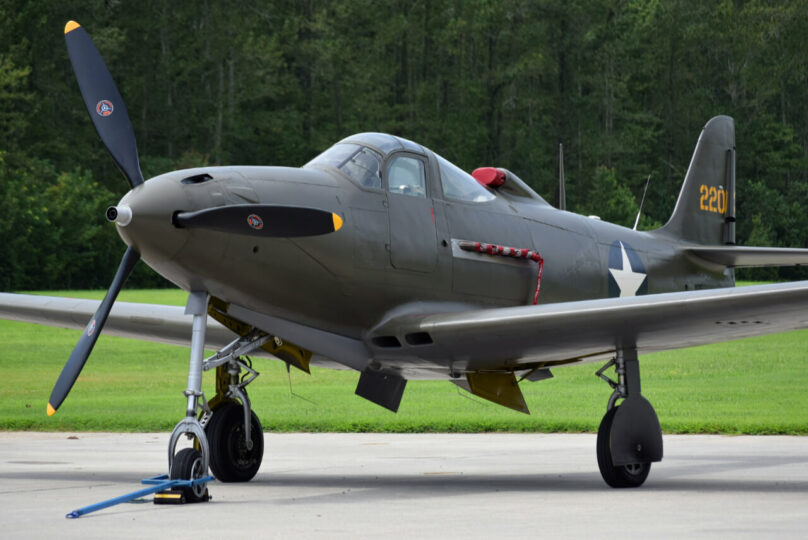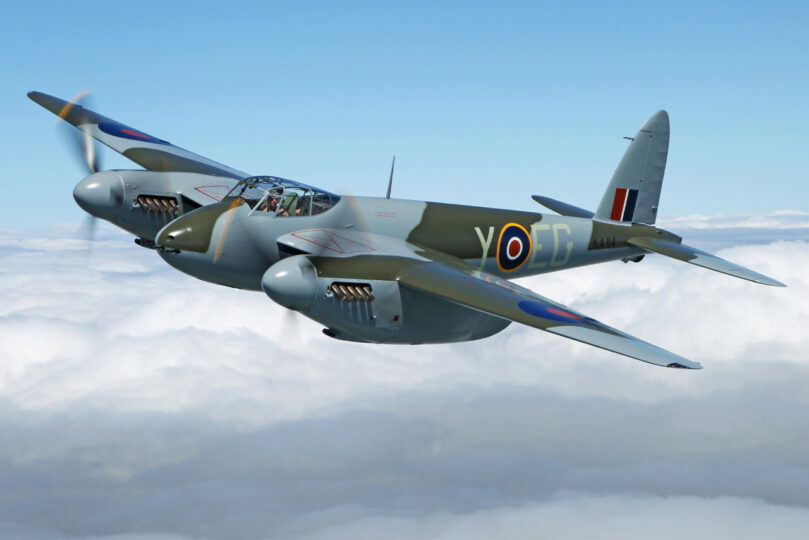Designed as a short-range, high-performance interceptor, the Spitfire would become a symbol for British resistance against the Germans during the Battle of Britain. The impact it had on morale, and its performance in combat have led some to call it “The Airplane that Saved the World.”
Arguably the most iconic American fighter of WWII, the Mustang is a testament to American ingenuity and industrial capability. The Mustang was designed in 1940, with the first flying prototype built in just 120 days.
A long-range patrol aircraft designed in the 1930s, the PBY would become one of the most important aircraft in the war. From spotting the Bismarck, to locating the Japanese fleet off Midway, to its vital role in air-sea rescue missions, the PBY was the war’s most successful flying boat.
Instantly recognizable for its inverted gull-wing, the Corsair was among the most powerful and unique fighter aircraft of the war. Capable of outfighting even the best Japanese aircraft, the Corsair is certainly a crowd favorite.
The best fighter the US Army had to offer on the eve of WWII, the P-40, though outmatched by many adversaries, held the line while faster and more capable aircraft were produced. It made up more than half of US Army Air Forces fighter strength until July 1943.
The Wildcat was America’s front-line, carrier based, fighter at the start of the war. Although the airplane was outmatched by its adversaries, superior tactics developed by US Navy pilots would allow Wildcat squadrons to hold back the Japanese advance.
Originally designed as a Torpedo Bomber, the Avenger would move past an inauspicious debut at the Battle of Midway to become the most effective and widely used Torpedo Bomber of the war. They would also see service as carrier-based conventional bombers and anti-submarine warfare aircraft.
The Nose Art “Wild Cargo,” although done in a style common during the war, is based on a name the airplane earned post-war, when it crash landed carrying a cargo of exotic reptiles.
Although its role in the Battle of Britain is often overshadowed by the Spitfire, the Hurricane accounted for 60 percent of the losses sustained by the Luftwaffe. The Hurricane was the more stable gun platform and would see service in all the major theaters of WWII.
The most ubiquitous of the US military’s primary trainers, the Stearman could accommodate a student and an instructor in its open cockpits. While it was easy to fly, it was a challenge to fly well, making it an excellent training platform.
Designed by Bell Aircraft, the unusual mid-engine P-39 has the highest number of enemy kills attributed to any U.S.-built fighter in history. The lack of an efficient turbo-supercharger meant that the airplane did not perform well at high altitude, but in the hands of Soviet pilots at low altitude over the Eastern Front, the P-39 made a massive contribution to the war effort.
Nicknamed the Wooden Wonder, the Mosquito, built primarily out of wood, was among the fastest aircraft in the world when it was introduced in 1941, capable of reaching speeds over 400 mph while carrying up to 4,000 lbs of bombs.

